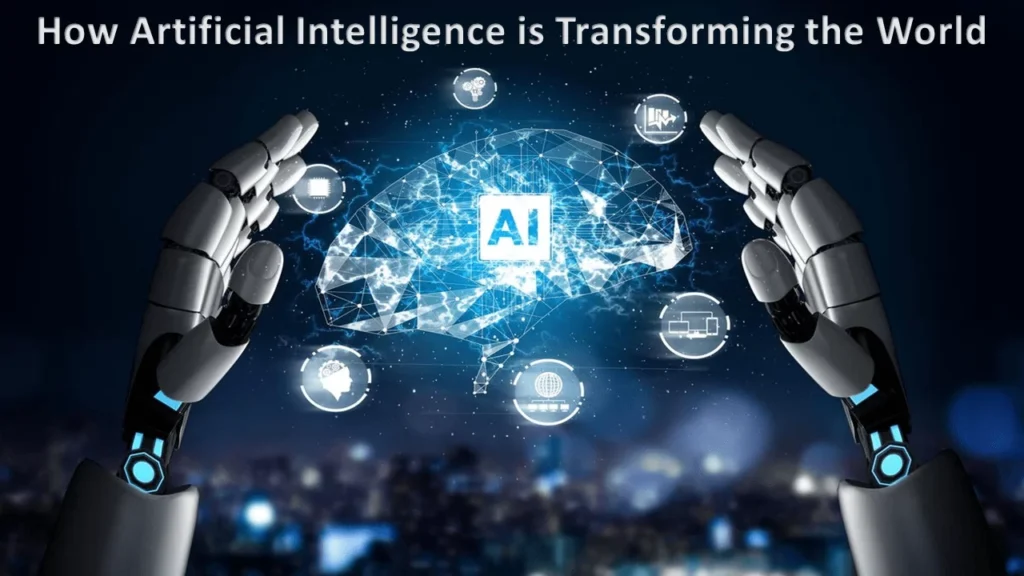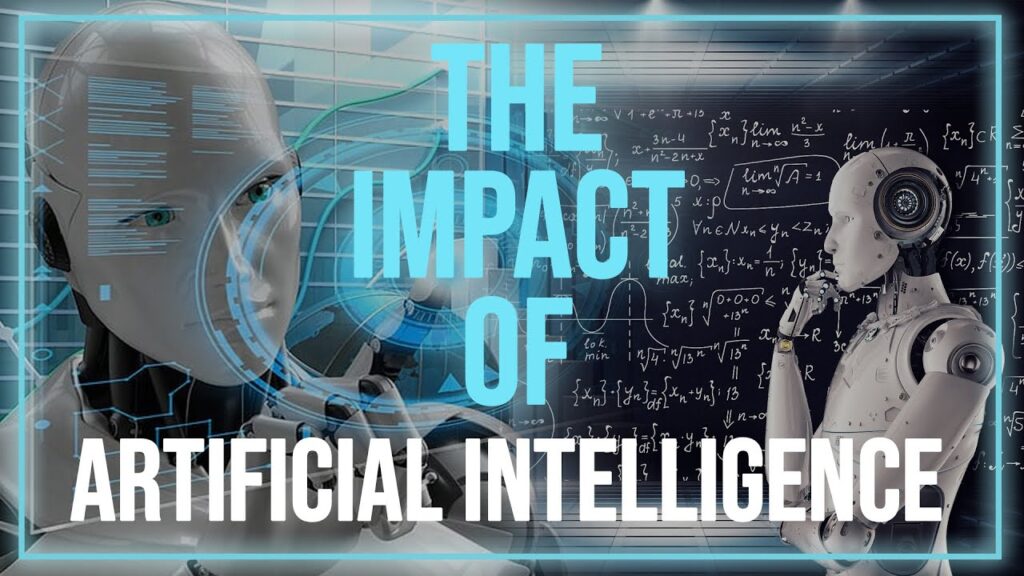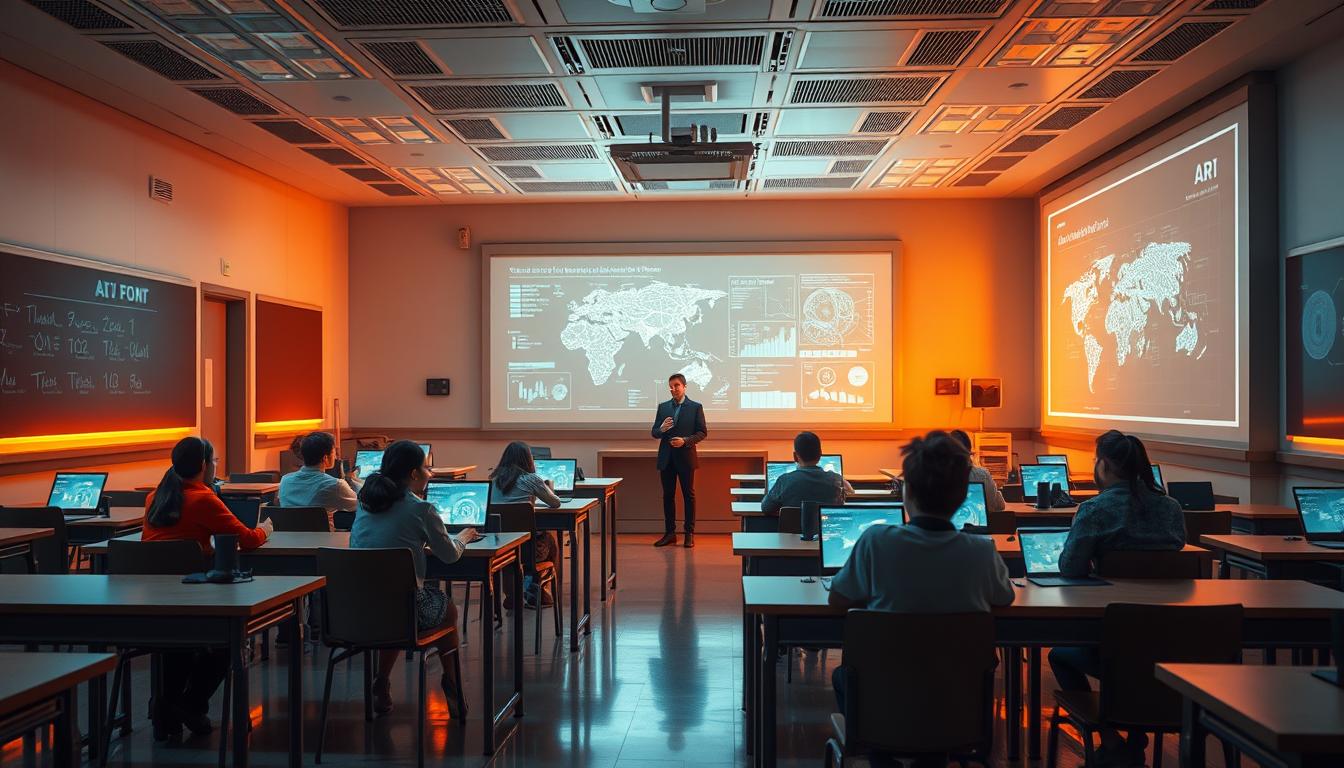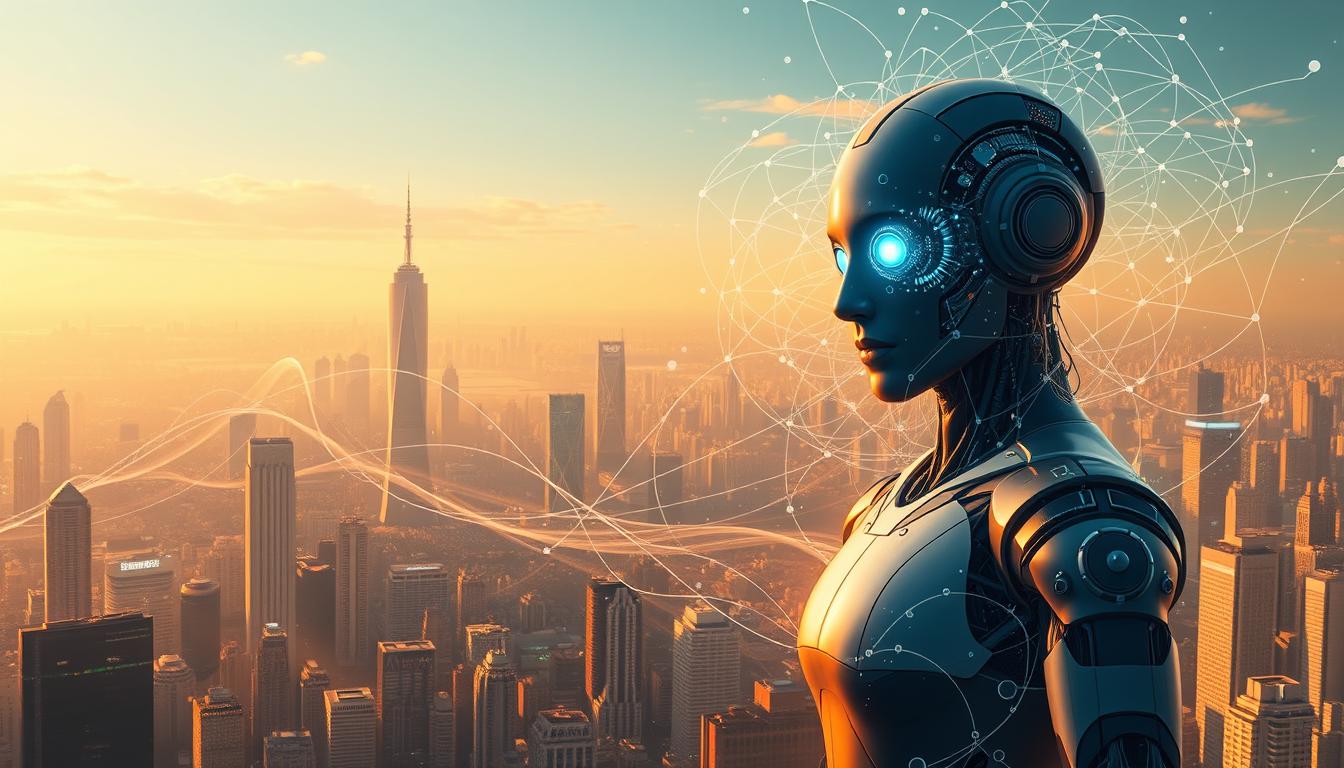
A. Understanding AI and Technology
Artificial Intelligence (AI) refers to the simulation of human intelligence in machines that are designed to think and act like humans. This can include anything from recognizing speech to solving complex problems.
On the other hand, technology encompasses a broader range of tools and platforms that enhance human capabilities, including computers, smartphones, and online services. As we observe technological advancements over the years, it’s evident that these tools are becoming more complex and integrated into our daily lives.
The intersection of AI and other technologies, such as data analytics, machine learning, and the Internet of Things (IoT), creates a web of possibilities that could transform everything from how we work to how we live.
B. Importance of the Discussion
Current trends indicate that AI and technology are rapidly advancing, making discussions around their implications more relevant than ever. From smart assistants in our homes to algorithms driving financial markets, the effects are widespread.
The implications for society are profound: they affect our jobs, our privacy, and even our social interactions. This emphasizes the need for a critical assessment of how these tools can be used positively while mitigating potential risks.
C. Structure of the Article
In this article, we will explore key topics around AI and technology, examining their transformative potential and the accompanying risks. Our methodology consists of analyzing recent trends supported by data and case studies, aiming to provide a balanced view of both innovation and concern.
The goal is to help readers understand the intricacies of AI and technology, fostering informed discussions about their future.

II. The Transformative Potential of AI
A. Innovations in Various Industries
AI is reshaping industries across the board.
- Healthcare: In healthcare, AI assists in diagnosing diseases and suggesting treatments based on vast data sets, improving patient outcomes. Imagine a doctor using AI to analyze medical images faster and more accurately than the human eye could.
- Transportation: Autonomous vehicles are no longer a fantasy, with companies developing cars that can drive themselves, making transportation safer and more accessible.
- Manufacturing: The rise of automation and robotics not only streamlines production but also enhances precision, reducing costs and improving product quality.
B. Advancements in Daily Life
From the moment we wake up to when we go to bed, AI is becoming a part of our daily routines.
- Personal Assistants and Smart Homes: Smart home devices like Amazon’s Alexa and Google Home help manage daily tasks, from turning on lights to ordering groceries.
- Education: AI contributes to personalized learning experiences, tailoring educational content to meet individual student needs, making learning more effective.
- Communication: Social media and online platforms leverage AI to enhance engagement, connecting people worldwide and creating global communities.

C. Economic Influences
AI is a double-edged sword when it comes to the economy.
- Job Creation vs. Job Displacement: While AI can lead to job loss in some sectors, it also creates new opportunities in emerging fields, highlighting the need for workforce adaptation.
- AI in Financial Services: Financial institutions use AI to detect fraud and analyze risks, becoming more effective in managing money.
- Growth of New Markets: The technology sector is booming, with countless startups focused on AI innovations, driving economic growth.
III. Risks and Ethical Considerations
A. Privacy and Data Security
As AI systems improve, they rely on vast amounts of data, raising concerns about privacy.
- Data Collection Practices: Many applications track our behavior, leading to questions about how much information is being collected and how it’s used.
- User Consent and Information Rights: The need for clear consent is paramount; individuals should know about data usage and have rights to their information.
- Cybersecurity Threats: The more data we share, the greater the risk of cyberattacks, potentially exposing sensitive personal information.
B. Ethical Dilemmas in AI
AI technology is not without its ethical challenges.
- Bias in Algorithms: AI systems can reflect biases present in their training data, potentially leading to unfair treatment in applications like hiring or lending.
- Lack of Accountability: When AI makes decisions, it can be difficult to hold someone responsible for negative outcomes, raising questions about accountability.
- AI Decision-Making and the Public Good: Relying on AI for decisions that impact society can obscure transparency and trust in governance.
C. Societal Impact
The societal implications of AI stretch far beyond technology.
- Digital Divide and Access Issues: Not everyone has equal access to technology, exacerbating social inequalities.
- Effects on Mental Health: Over-reliance on technology and social media can impact mental health, increasing feelings of isolation.
- Manipulation and Misinformation: AI can also be used to spread misinformation, shaping public opinion and potentially undermining democracy.

IV. The Future of Work and Education
A. Workforce Transformation
As AI continues to evolve, so does the workforce.
- Skills Required in an AI-Driven Job Market: Employees will need to adapt by developing new skills, particularly in tech literacy.
- Reskilling and Upskilling Initiatives: Companies and governments must invest in training programs to help workers adapt to changing job landscapes.
- The Role of AI in Recruitment Processes: AI is beginning to play a role in filtering job applications and identifying suitable candidates more efficiently.
B. Changes in Educational Approaches
Education is also undergoing significant changes due to AI.
- Integrating AI into Learning Environments: Schools are starting to utilize AI tools to facilitate learning and improve access to educational resources.
- Lifelong Learning in the Age of AI: Continuous learning will be essential as technologies evolve, enabling individuals to stay relevant in the workforce.
- Teacher-Student Dynamics with AI Involvement: AI can assist teachers, enhancing their capabilities while allowing them to focus on personalized student interaction.
C. Partnerships Between AI and Education Institutions
Collaboration is key to preparing future generations.
- Collaborations for Practical Learning: Educational institutions are partnering with technology companies to provide real-world experience for students.
- Research Initiatives on AI in Education: Universities are conducting research to explore effective methods for implementing AI in educational contexts.
- Preparing Future Generations for Tech-Driven Careers: Ensuring that students are equipped with the necessary skills for a tech-oriented job market is vital for future success.

V. Governance and Regulation of AI Technologies
A. The Role of Governments
Governments play a vital part in shaping the future of AI.
- Policy Frameworks for AI Development: Developing regulations ensures AI is used responsibly while fostering innovation.
- International Cooperation on AI Guidelines: Collaboration across borders will be essential as AI knows no geographic limitations.
- Accountability Mechanisms for Technology Companies: Strong accountability frameworks will help hold companies responsible for their AI technologies.
B. The Influence of Public Opinion
The public has a voice in how AI is developed and implemented.
- Trust in AI and Technology: Building trust is crucial as individuals become more reliant on technology.
- Grassroots Movements and Advocacy: Activism around responsible AI usage has become increasingly organized and influential.
- Public Awareness Campaigns on AI Issues: Educational campaigns will help inform the public about the realities of AI, its advantages, and its risks.
C. Case Studies of Effective Regulation
Learning from others can guide our approach to AI regulation.
- Comparison of AI Regulations in Different Countries: Countries vary widely in their regulatory approaches, which can offer insights into best practices.
- Success Stories from Established Frameworks: Examining successful regulatory frameworks can provide a model for others to follow.
- Lessons Learned from Regulatory Failures: Analyzing failures can help avoid the same pitfalls in the future.
Summary of Key Insights
The impact of AI and technology is undeniable and multifaceted.
- Transformative Effects of AI and Technology: We’ve seen how these advancements can enhance various sectors, improving lives and creating opportunities.
- Balancing Innovation with Ethical Concerns: As we embrace innovation, it’s essential to remain vigilant about the ethical implications to ensure benefits for all.
- Preparing for a Future Shaped by AI: The need for critical thinking and proactive adaptation to this changing landscape cannot be overstated.
Final Thoughts on Progress and Caution
As we navigate this future, it is vital to approach AI development responsibly.
- Importance of Responsible AI Development: A balanced approach will help minimize risks while maximizing benefits.
- Collaborative Efforts for a Safe Digital Future: Cooperation between stakeholders, including governments, businesses, and the public, is necessary.
- Vision for Global Cooperation in Technology: A united effort can help harness technology for the greater good, creating opportunities for everyone.
FAQs
A. What are the main benefits of AI?
AI offers numerous benefits, including increased efficiency, improved accuracy, and enhanced decision-making across various sectors.
B. What risks does AI pose to privacy?
AI can compromise privacy through extensive data collection practices that may not always prioritize user consent or information security.
C. How will AI change future job markets?
AI is expected to transform job markets by creating new roles while automating others, requiring workers to adapt and acquire new skills.
D. What regulations currently exist for AI technologies?
Regulations for AI vary globally, with some countries implementing strict guidelines on data use and ethical AI development.
E. How can individuals prepare for the changes brought by AI and technology?
Individuals can prepare by staying informed about technological trends, embracing lifelong learning, and developing adaptable skills for the future job market.
Proudly powered by ACADEWISE





